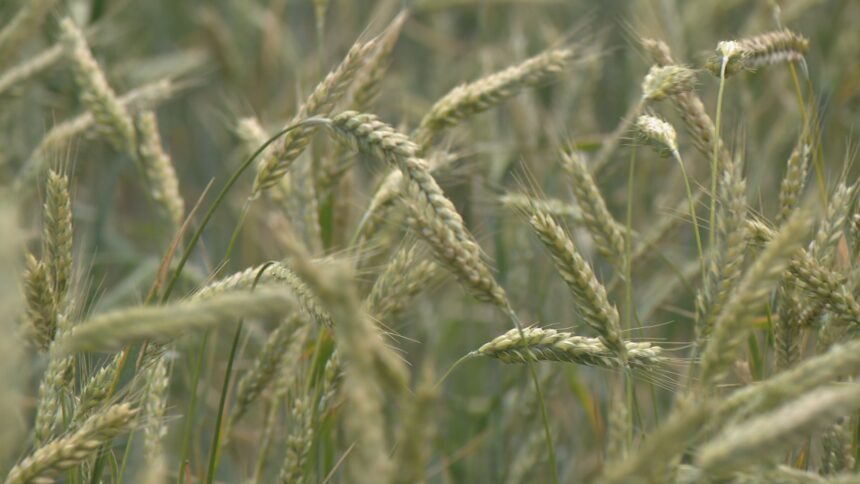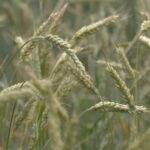The parched fields stretching across Western Canada tell a silent story of climate crisis that threatens to reshape our agricultural landscape. In response to this growing emergency, Ottawa announced yesterday a significant expansion of the federal AgriStability program, introducing targeted drought relief measures that will extend through 2025 and potentially beyond.
“We’re facing unprecedented challenges that require bold action,” said Agriculture Minister Lawrence MacAulay during a press conference in Regina. “Canadian farmers are the backbone of our food security, and this enhanced support package acknowledges the extraordinary pressures they face from both environmental and market forces.”
The revamped program will lower the margin loss threshold required for farmers to trigger payments from 30% to 20%, effectively allowing producers to access support earlier when facing drought-related income declines. Additionally, the reference period for calculating baseline farm income has been extended to include more favorable pre-drought years, addressing a key concern raised by agricultural advocacy groups.
Financial analysts project the enhanced measures will inject approximately $2.1 billion into Canada’s agricultural sector over the next three years, with the majority flowing to prairie provinces hardest hit by persistent drought conditions. Saskatchewan Wheat Growers Association President Daryl Fransoo called the announcement “a critical lifeline” but noted that “long-term climate adaptation strategies remain equally important.”
The program expansion comes amid growing tensions with key trading partners. Recent agricultural tariffs imposed by India on Canadian lentils and the ongoing dispute with China over canola exports have created additional market pressures. According to trade policy experts, these geopolitical challenges compound climate-related production problems, creating a perfect storm for Canadian producers.
“What we’re seeing is a fundamental reshaping of Canadian agriculture,” explained Dr. Ellen Thompson, agricultural economist at the University of Saskatchewan. “These support programs are essential but must be paired with investment in drought-resistant crop varieties and modern irrigation infrastructure to ensure long-term viability.”
The enhanced AgriStability program will implement a streamlined application process, with early indications from government sources suggesting payment processing times could be reduced by up to 40%. This accelerated timeline addresses a frequent criticism that assistance arrives too late to prevent farm foreclosures and consolidation.
Environmental groups have cautiously welcomed the announcement while advocating for stronger climate adaptation requirements. “Financial support is necessary, but we need to ensure these funds help transition toward more sustainable agricultural practices,” said Climate Action Network spokesperson Jamie Larson.
For farmers like Michael Kowalchuk, who operates a 3,000-acre grain farm near Yorkton, Saskatchewan, the changes represent welcome relief after three consecutive years of drought-diminished harvests. “We’ve been operating on razor-thin margins, depleting reserves we built during better years,” Kowalchuk told CO24. “This might be the difference between keeping the farm in the family or selling out to corporate interests.”
The program modifications arrive against a backdrop of alarming climate projections for the Canadian prairies. Environment Canada data indicates that drought conditions affecting agricultural productivity could become the new normal by mid-century without significant climate action. This raises profound questions about the future of Canadian food production and rural communities historically built around farming.
As Canadian agriculture stands at this critical crossroads, one question looms large: can temporary financial support mechanisms evolve quickly enough to address the permanent climate shifts transforming our agricultural heartland, or are we merely postponing an inevitable and painful restructuring of one of Canada’s foundational industries?























